True story: In 2020, the coronavirus (or covid-19) pandemic changed our day-to-day lives and we started to wear face masks most of the time, as responsible citizens that follow public health recommendations. However, the proven benefits of using a mask also come with some drawbacks.
What is ‘maskne’?
It’s a type of breakout that appears in the areas covered by the face mask — your chin, jaw, cheeks and nose. If you never had blemishes, you might suddenly notice that your pores are clogged or may even get an unexpected pimple every now and then. If you have acne-prone skin but had your oil levels and spots under control, your breakouts are more frequent or have gotten worse. Also, when the pimple finally disappears, you’re stuck with an unsightly scar, and new spots pop up again.
Does that sound familiar? We know what it’s like, trust us — in fact, so many people are going through this phenomenon that it’s now “officially” called ‘maskne’ (mask + acne).
Why are you breaking out more often?
First, as mentioned in this post, the skin builds up more dead cells during the summer, which can clog the pores.
Also, the skin flora of most healthy adults has a controlled population of Cutibacterium acnes bacteria. An imbalance in the skin flora might cause the overgrowth of C. acnes, which can trigger the infection of the hair follicles. This is precisely what happens when you wear masks: your breath creates a humid and warm environment that’s hospitable for bacteria to grow.
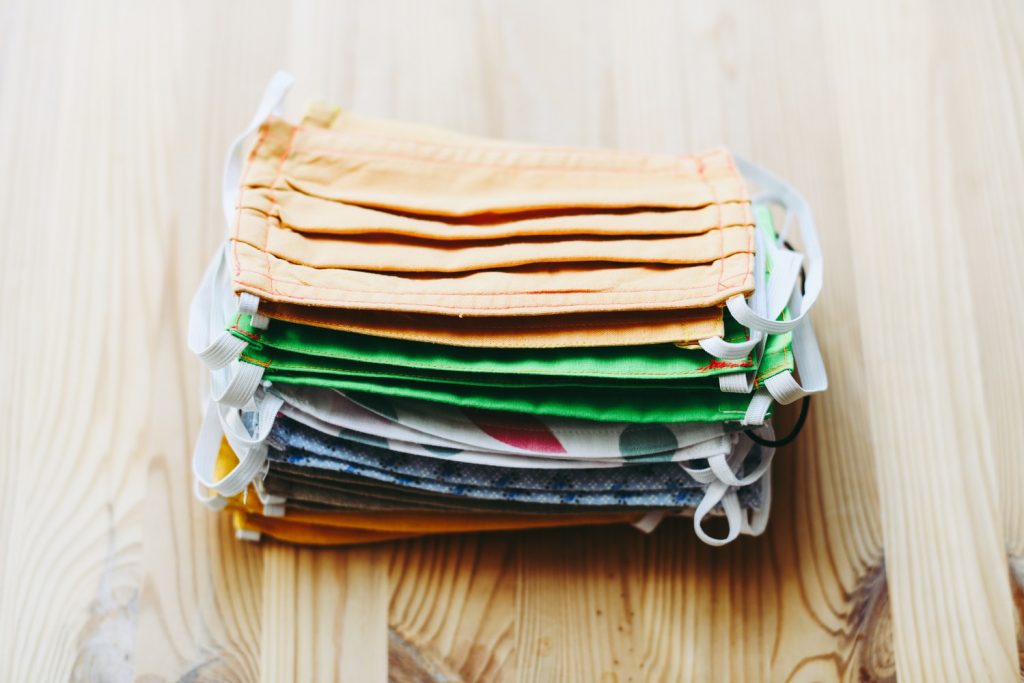
Add to this the accumulation of dirt on masks, the use of inadequate cosmetic products, the irritation caused by the constant friction of the mask on the skin… All these factors, together with excessive sebum production, are breeding grounds for all types of blemishes.
How can you prevent maskne?
If things are getting out of control, make sure you visit your dermatologist, as they are the expert in skin conditions.
A couple of tips and tricks that can help improve your acne are washing or changing your mask often, patting your face dry with paper towels, changing your pillowcase frequently or not touching your skin with dirty hands. These precautions will prevent your skin from coming into contact with excessive dirt or bacteria.
You can also combine cosmetic products and ingredients that will prevent maskne breakouts while they heal the skin.
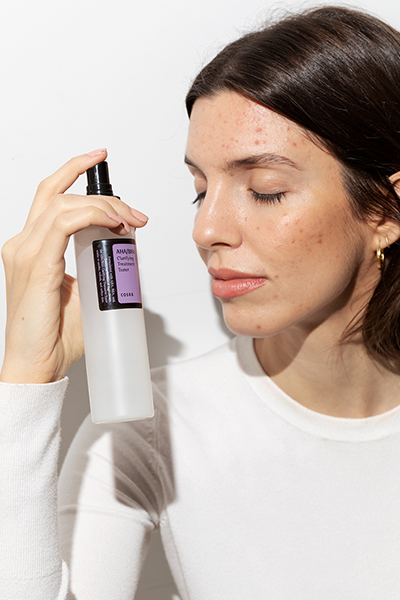
What ingredients should you look for? Salicylic acid (BHA), AHAs (alpha-hydroxy acids), PHAs (poly-hydroxy acids), enzyme exfoliants —like papain—, niacinamide, clays, tea tree oil —known for its excellent antibacterial properties (don’t apply it directly to your skin)—, centella asiatica, ceramides, panthenol or allantoin, to name a few.
A little confused? Find a routine example below! If you still have questions after going through it, our Beauty Advisors are here to help.
Anti-maskne skin care routine
1. Cleansing: Effective, not aggressive
Properly cleansing your skin is key to get maskne under control — it’ll only improve if you remove dirt that accumulates throughout the day (and night). But remember: “effective” doesn’t mean “harsh”. Don’t overdo it!
In the morning, use water-based cleansers with a balanced pH that are gentle on the skin. A few examples are best-seller Low pH Good Morning Gel Cleanser by Cosrx —formulated with tea tree oil and BHA—, the Day By Day Cleansing Gel by Sioris —which contains BHAs—, the Safe Me Relief Moisture Cleansing Foam by Make P:rem or the Silky Bright Enzyme Powder Facial Wash by Osèque, with papain.
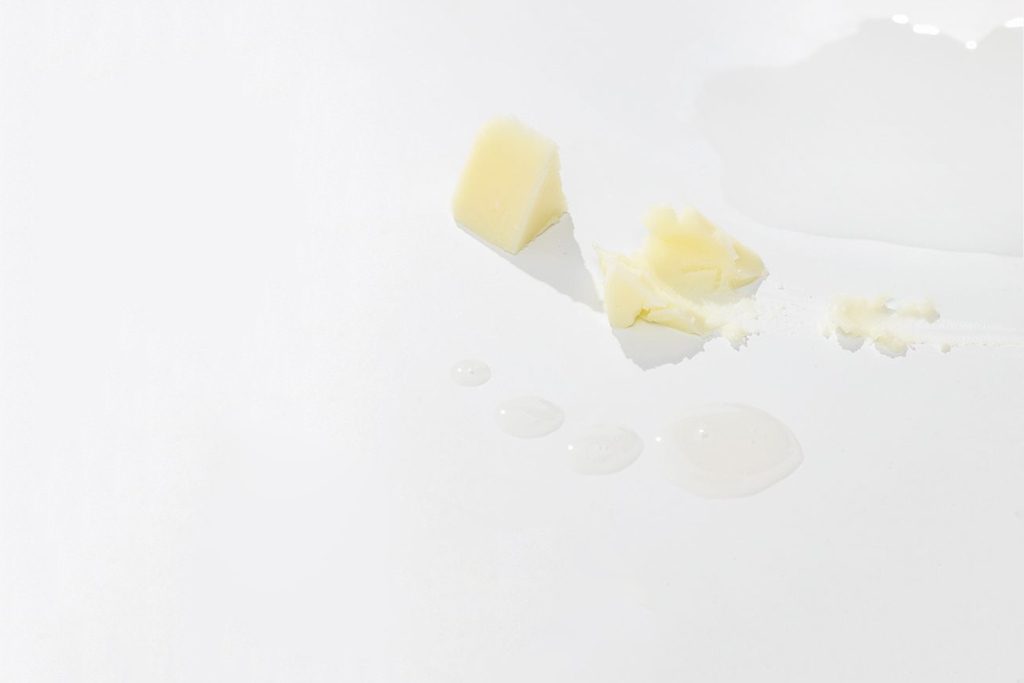
In the evening, double cleansing is the way to go. After using an oil-based product, like the Natural Cleansing Oil by Urang or the popular Orange Cleansing Sherbet by Aromatica, you can use the same water-based cleanser that you usually use in the morning.
2. Plan of attack against pimples
You should definitely exfoliate, but stay away from mechanical scrubs — your skin is already exposed to the friction of the mask and, if you have an active breakout, these exfoliators can spread the infection to other areas of the face.
Salicylic acid or BHA is a pore-cleansing ingredient that’s highly recommended in these cases. You can find it in rinse-off (like the ones in point 1) and rinse-free products, like the Aloe BHA Toner by Benton.
You can combine it with AHAs (our star product is the Yes I Am Toner by Jumiso, with 5% lactic and glycolic acids), or PHAs if you have sensitive skin (we love the PHA Peeling Toner by Benton). Read this post on how to use acids and learn how to add them to your routine. You can use them in the morning or in the evening, as long as you make sure you protect your skin from the sun (click here to learn how to do it properly!).
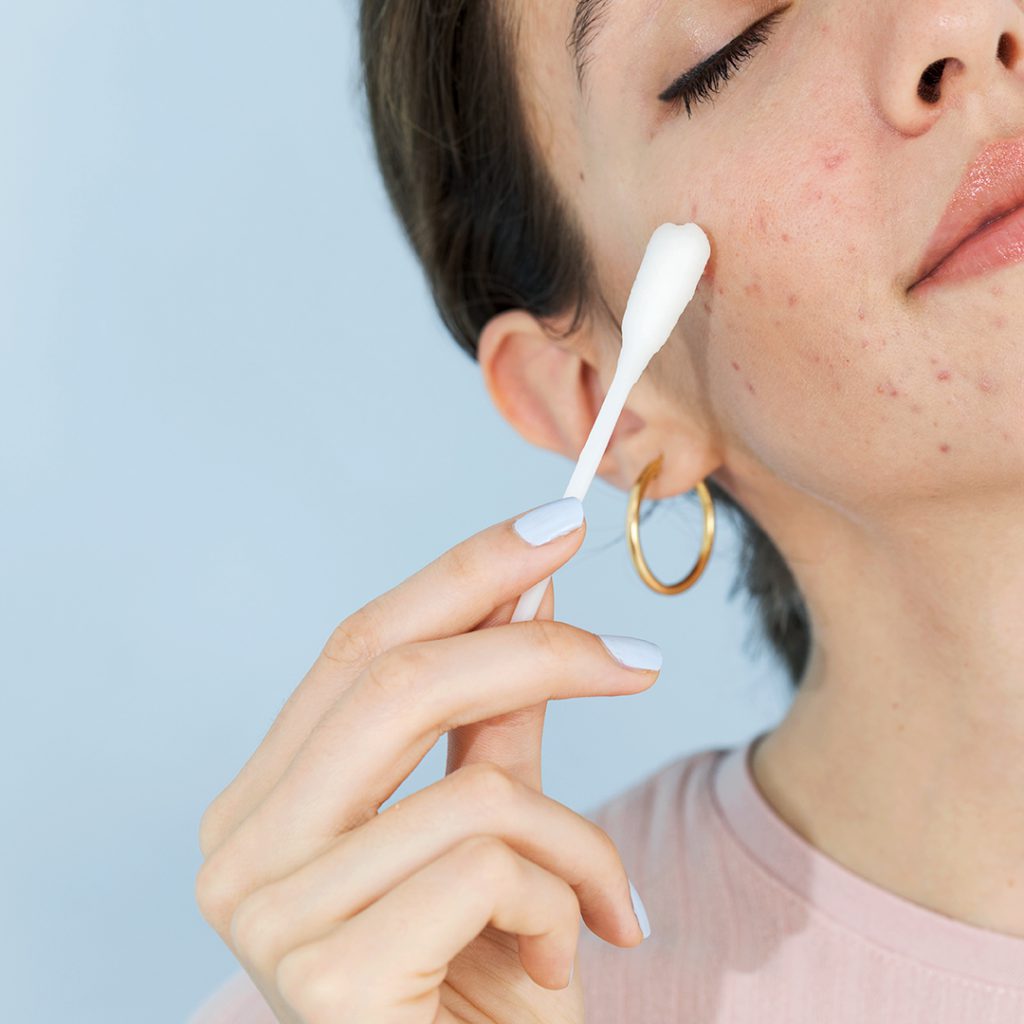
Every now and then, you can also apply products that will make pimples go away faster, as an emergency treatment: the 21 Stay A-Thera Peeling Stick by Dr. Oracle —which contains BHA—, the Acence Blemish Out Pink Spot by Mizon —with calamine, AHAs and BHA—, and the Goodbye Redness Centella Spot Cream by Benton —with centella asiatica and calamine— are fantastic options.
Once or twice a week, you can also use products with clay to those areas where you have more imperfections to help “adsorb” (not “absorb”) excess sebum, such as the Pore Clay Mask by Shangpree or the Color Clay Carbonated Bubble Pack by G9SKIN.
3. Pamper your skin
Is your skin a little more sensitive than usual? Consistent mask-wearing not only promotes acne, but can also cause irritation from friction. You can prevent these reactions by healing your skin with restoring products.
There are several options in serum format, like the All Day Vitamin Brightening & Balancing Facial Serum by Jumisoo, or the Snail Bee Ultimate Serum by Benton, which will also help you get rid of pimple scars. Don’t worry, they’re very lightweight! You can use them in the morning and in the evening.
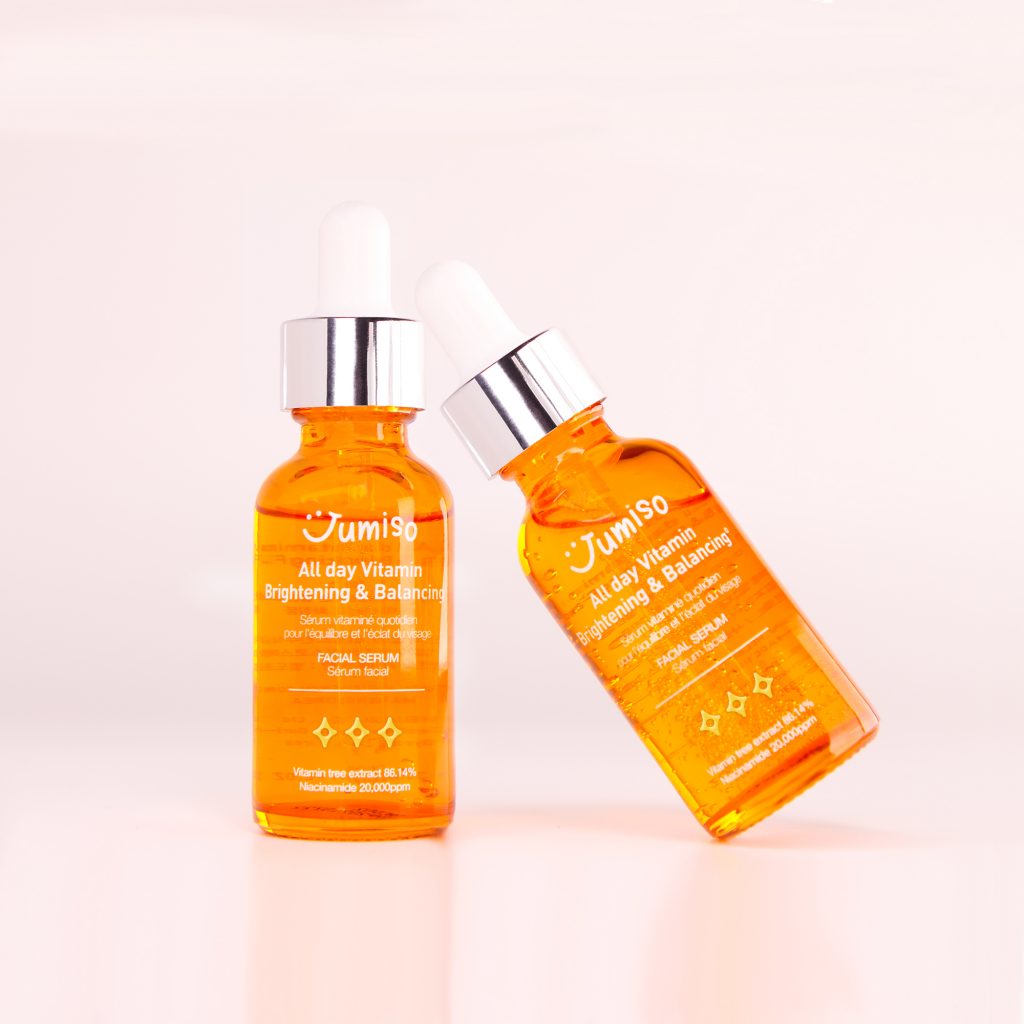
There are also some excellent lightweight creams that you can apply after the serum. If you’re concerned about imperfections, you’re going to love the AC Solution Cream by G9SKIN, a comprehensive acne treatment with niacinamide, tea tree oil and BHAs.
Two very healing products that will do wonders for your skin if it’s very sensitive and irritated are Have a Good Cream by Jumiso, which contains centella asiatica and panthenol, or the famous Midnight Blue Calming Cream by Klairs, formulated with centella asiatica, shea butter and ceramides.
If you’re simply looking for lightweight hydration that won’t make those odd pimples you get worse, two great options are the Aloe Hyaluron Cream by Benton, which contains 7 types of hyaluronic acid, or the Natural Aloe Aqua Cream by Aromatica, with MCT oil and ceramides.
4. Always, always, always protect your skin
Don’t forget to use a product to protect your skin from the sun. Yes, you also need to wear sunscreen on the areas of your face that are covered by the face mask! Masks haven’t been tested to determine whether they protect from the sun’s UV rays, so it’s better to be safe and use sunscreen underneath.
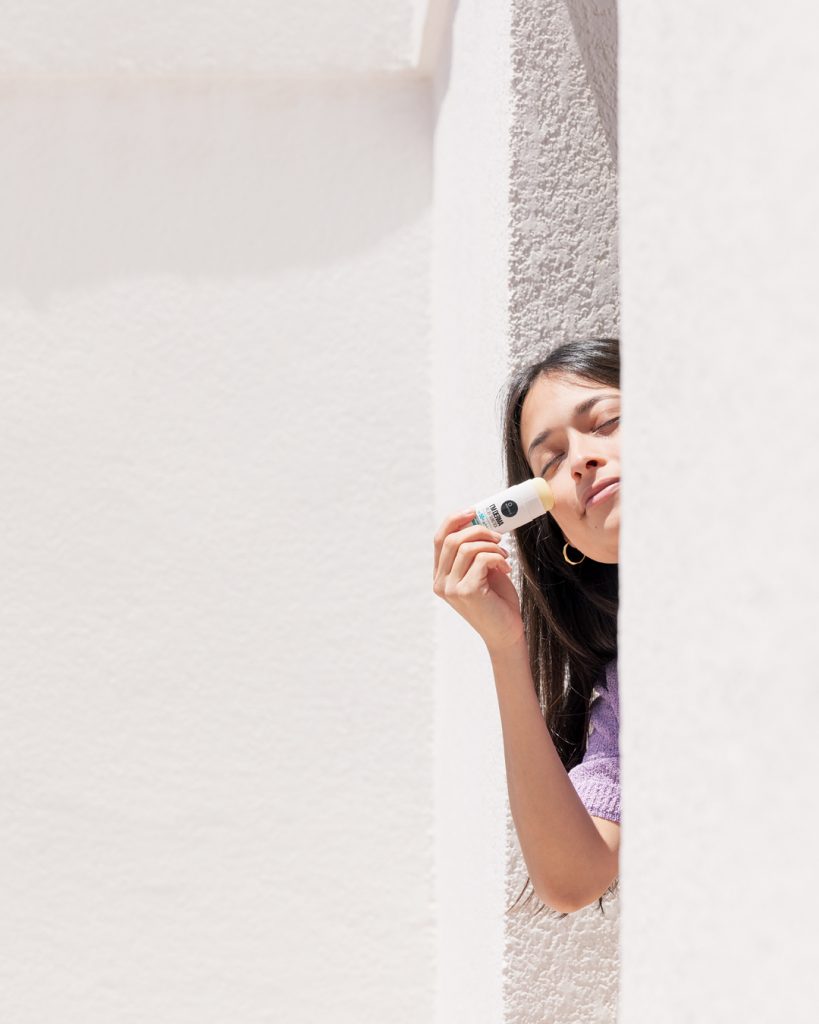
A MiiN favourite for combination and oily skin is the I’m Sports gel by Suntique. If you have sensitised skin, you’ll love one of the latest launches by the same brand: I’m Medi, with zinc oxide. The I’m Derma stick is another really convenient option, as it allows you to comfortably reapply sunscreen throughout the day, whatever your skin type.
5. Makeup? Yes, but…
Korean BB creams not only provide coverage with a very natural finish, but are also formulated with beneficial ingredients and usually contain SPF. It’s fine to use a BB cream, as long as you make sure to remove it completely at the end of the day. Oh, and remember to set it with translucent powder if you don’t want your mask to get messy!
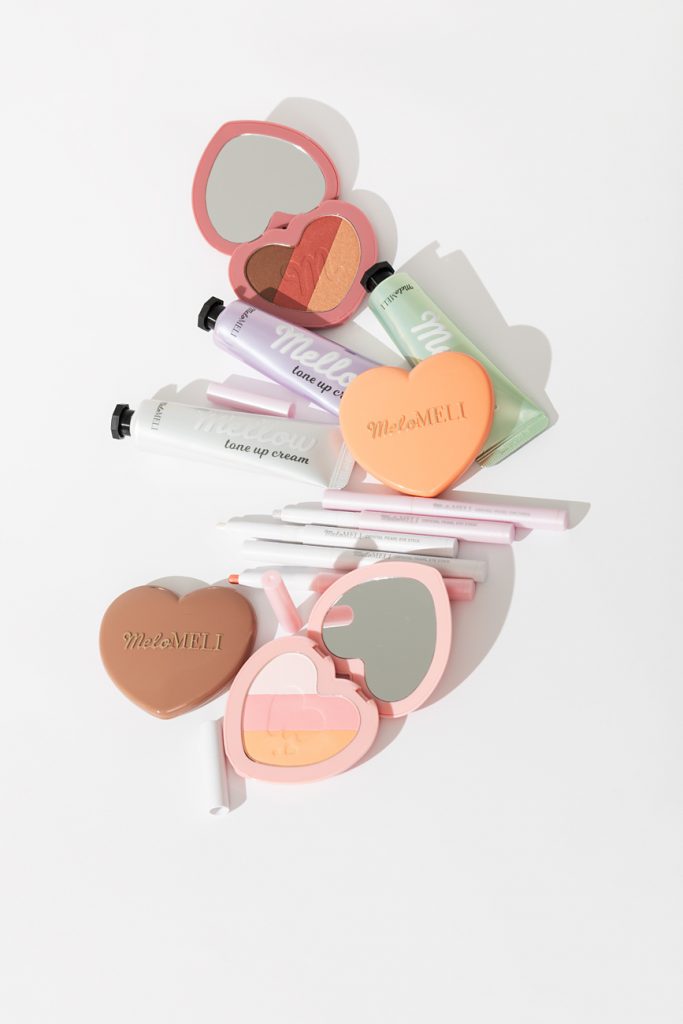
However, if you’re going through an active maskne breakout, you might want to skip this step and focus on healing your skin with a minimalistic approach (and, luckily, no one can see your pimples beneath the mask!).
A great BB cream for when your skin is acting up is the Unicorn Heart Lake Cushion by meloMELI, with a high percentage in tea tree water. If you decide not to wear makeup, choose one of the creams or lotions recommended in the previous steps. You can always go for a minimal makeup look and highlight your eyes with products like the Magic Spell Eyeshadow by meloMELI, which will make them pop with colour, or the eyebrow pencil Drawing Muse Eyebrow by MOART.
Need a summary?
- Cleanse properly. A mild cleanse in the morning and double cleansing in the evening, if you’ve worn a mask for several hours.
- Use chemical exfoliators to spear your skin from the friction of mechanical exfoliators. AHAs, BHAs and PHAs are your friends!
- If you’re looking for a targeted spot treatment, try to use a product designed for this purpose that won’t only dry them out, but also treat the area.
- Repair your skin with minimalistic formulas that contain soothing ingredients: centella asiatica, aloe vera, niacinamide, ceramides… The key is to moisturise and repair the skin at the same time.
- Sunscreen is a must, even beneath your face mask!
- If you want to wear makeup at all cost, go for a BB cream with SPF that will also treat your skin. Make sure to cleanse your skin properly at the end of the day.
- Lastly, if you suffer from severe redness or breakouts, make sure you see your dermatologist.
Do you still have questions about maskne or about what products work best for your skin type? Leave your comments below!

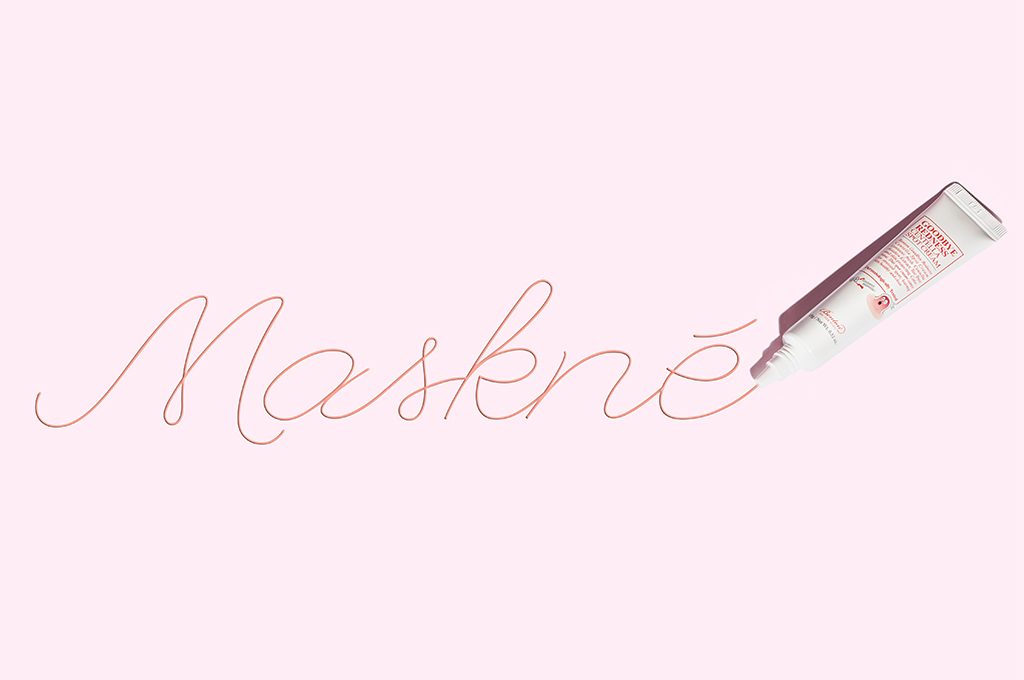
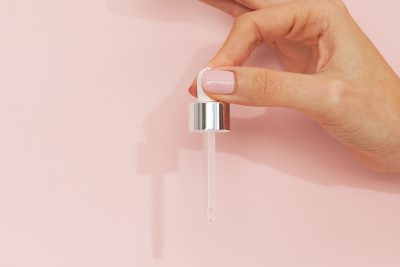
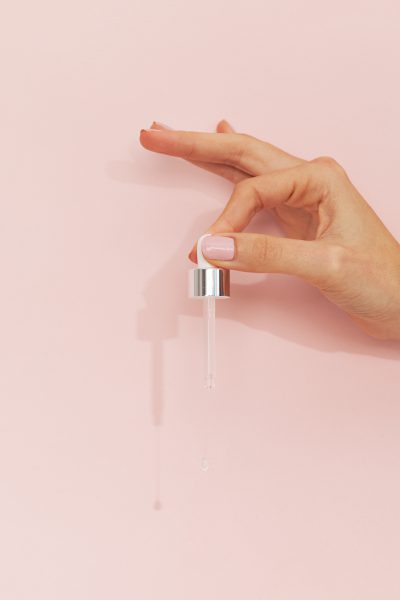
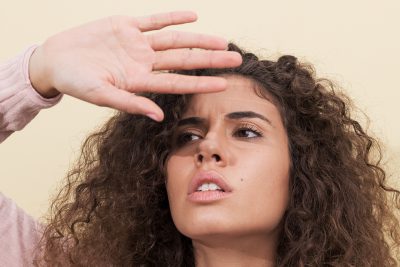
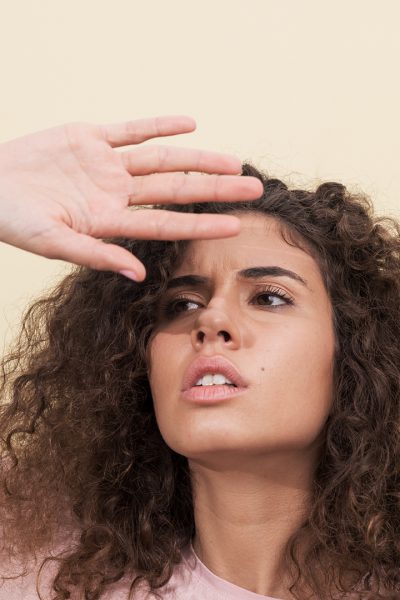
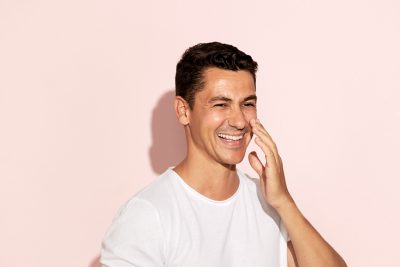
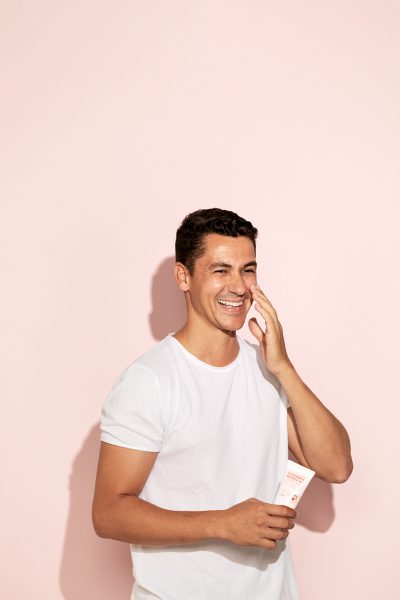
Comments